Even the school’s principal, Amy Goodloe, agrees that play is important. “There’s really high value for students and, I will underscore, teachers to have that break in the day,” she said. “We underestimate how important that is as a partner to academic learning.”
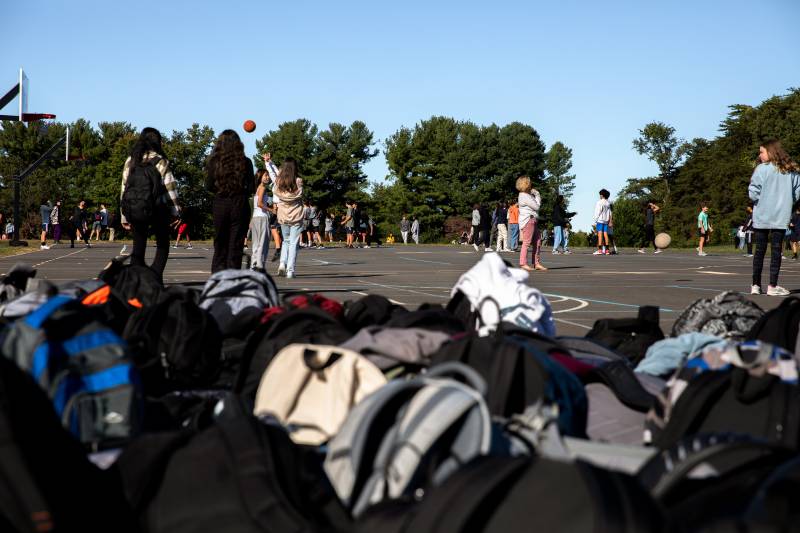
But Fairfax County is an exception. In most communities, opportunities for play and playful learning tend to recede in middle school, replaced by direct instruction, competitive sports and tightly structured academic time. Educators and researchers say students pay the price. Young adolescents go through profound physical, emotional and physiological changes; play inside and outside the classroom can provide one way for kids to develop healthy bonds with friends and become more self-confident.
“I teach at a K-8 school, and when I look at these seventh and eighth graders, they’re no different than the kindergarteners,” said Robert Lane, a STEM teacher at the Sierra Verde STEAM Academy in Glendale, Arizona. “They get excited when I bring out Play Doh and googly eyes.”
Lane’s class is entirely built around playful learning. For example, the modeling clay and other crafts were used as part of a stop-motion animation project in his classroom. Other activities for the school’s older students included creating cardboard roller coasters to be judged by the school’s second graders and building a robot that can move without wheels.
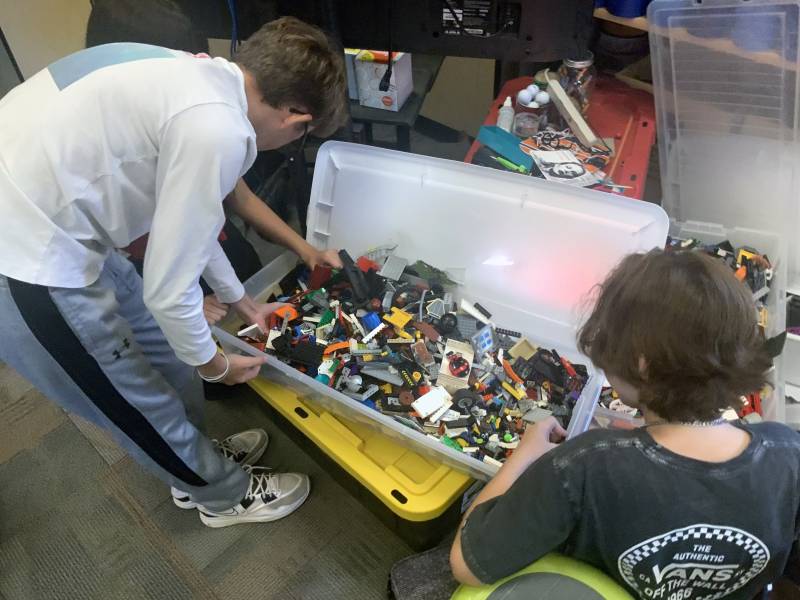
“I break them into groups where they don’t know each other and they just go all in,” said Lane, who also hosts a podcast as “Mr. Lane the STEM Guy.” The activities also give his students a chance to learn how to cooperate, accept failure when it happens, and solve problems as a team, he said.
“I want these kids to have all these soft skills as they get ready to go to high school and to college,” Lane said.
In addition to developing soft skills, recess is a tool that can get adolescents moving more at a time of life when they become much more sedentary.
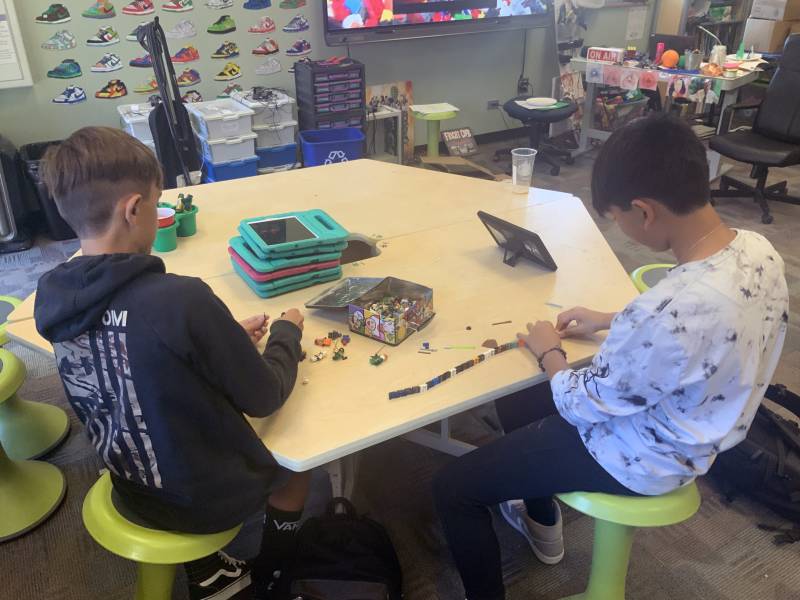
A 2008 study in the Journal of the American Medical Association used accelerometers to capture the activity levels of youth from ages 9 to 15. Nine-year-olds, on average, engaged in three hours of moderate to vigorous activity on weekends and weekdays, well above the recommendation of 60 minutes a day from the Centers for Disease Control and Prevention. The researchers found that activity levels plunged as children reached adolescence. By age 15, they were getting an average of 49 minutes on weekdays and 35 minutes on weekends.
With benefits that appear so clear, why does middle school seem to mark an end to both unstructured play time and playful learning? There are several competing challenges, both logistical and social.
Middle schools generally have more students than elementary schools, and the students themselves are taller and heavier. It’s challenging for school leaders to find enough space and teacher supervision to manage hundreds of children during a break time. The supervision is particularly important because, while middle schoolers crave time with their friends, unstructured time like recess, lunchtime and passing between classes often offers fertile opportunities for bullying.
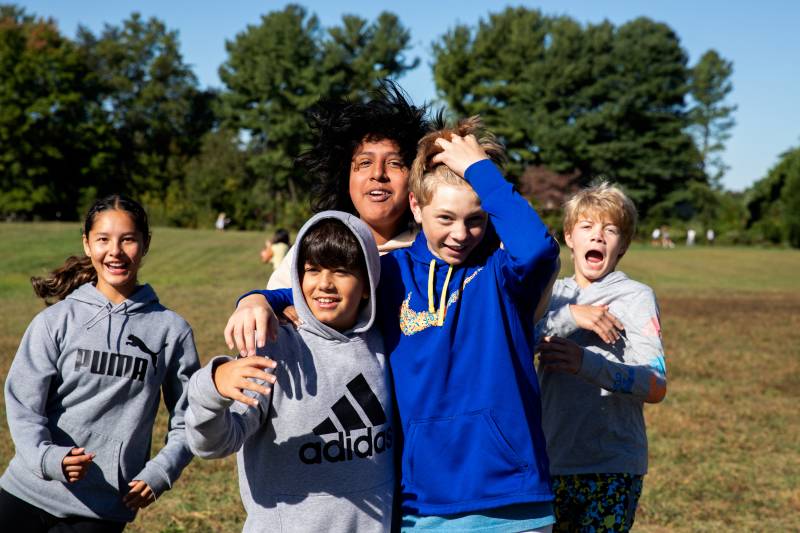
Fairfax County educators had to come up with new solutions. “The logistics were a little bit hard to figure out,” said Cynthia Conley, the principal of Washington Irving Middle School in Springfield, Virginia. Irving, with about 1,200 students, is one of the Fairfax County schools that has added recess to its schedule.
“We have four lunch shifts, and we had to figure out how to have four breaks,” said Conley. To accommodate all the students on break at any given time, administrators have opened up several different recess areas for students, including the gym, the blacktop, and the library, which features chess sets, card games, and an exercise bike with a built-in bookstand.
“As soon as their feet hit the outside they are shooting, throwing, whatever they have in mind,” Conley said. “I’ve heard people say, why do they need a break. If you can, find me an adult who doesn’t need a 15-minute break during their work day. Everybody takes a break, to look away from the screen a little bit.”
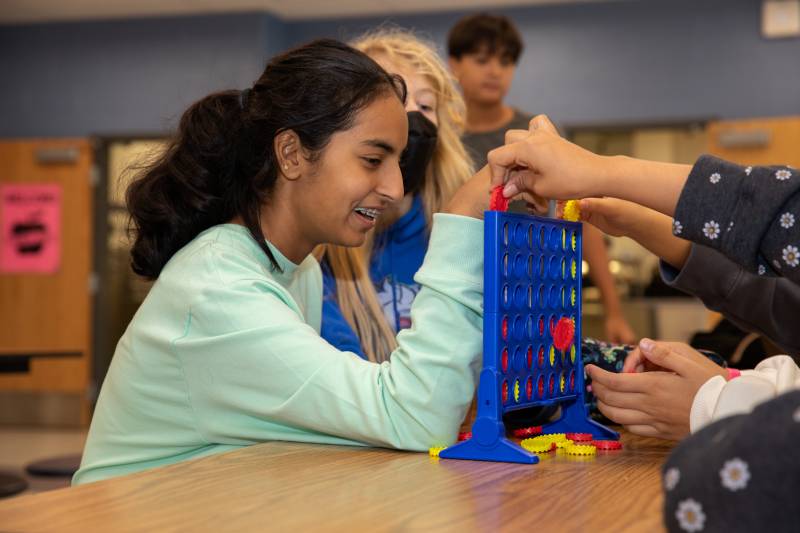
An additional challenge is that middle school students don’t think like younger students. Some athletic equipment won’t be enough to engage all, or even most of them.
Rebecca London, a professor of sociology at the University of California, Santa Cruz, has studied what happens when educators add break or recess time for middle school students. In the middle schools she observed, the sports activities were often dominated by older boys. Younger boys and girls, even athletes, tended to spend break times walking and talking unless schools made an extra effort to set up activities that would attract them.
One powerful way to do that is for adults to play alongside students, even if adolescents sometimes act as if they want to get away from adults.
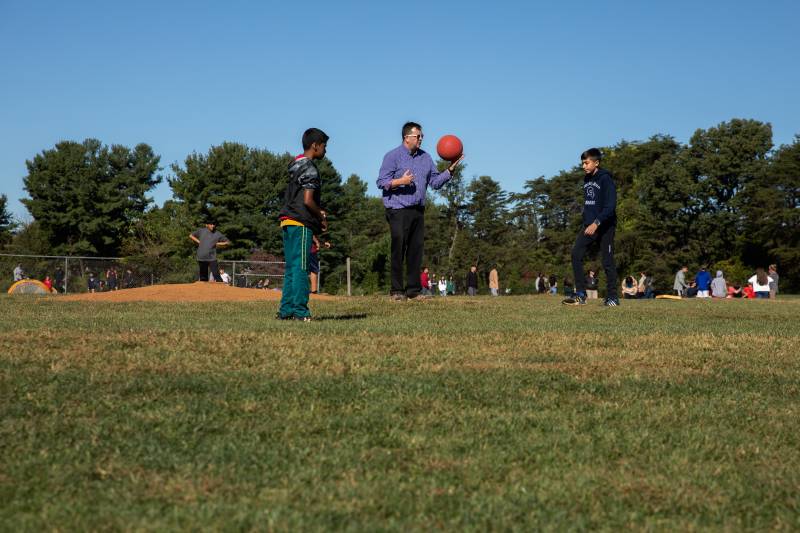
“As soon as the adults start playing, the kids want to play,” London said. “Kids inherently crave that. It’s an opportunity for kids to be seen as an expert or a leader.” A warm adult presence also makes the situation feel safer for students who may not be sports stars.
“For all those reasons, it’s great to have adults out there leading games, connecting with students in different ways,” she said.
Fairfax County piloted a middle school recess break for the 2021-22 school year. Last April, the school board voted to make the break mandatory for all the district’s middle schools, starting in 2022-23. District policy for elementary students requires at least 30 minutes of recess a day over two segments. There is no recess policy in the district for high school students.
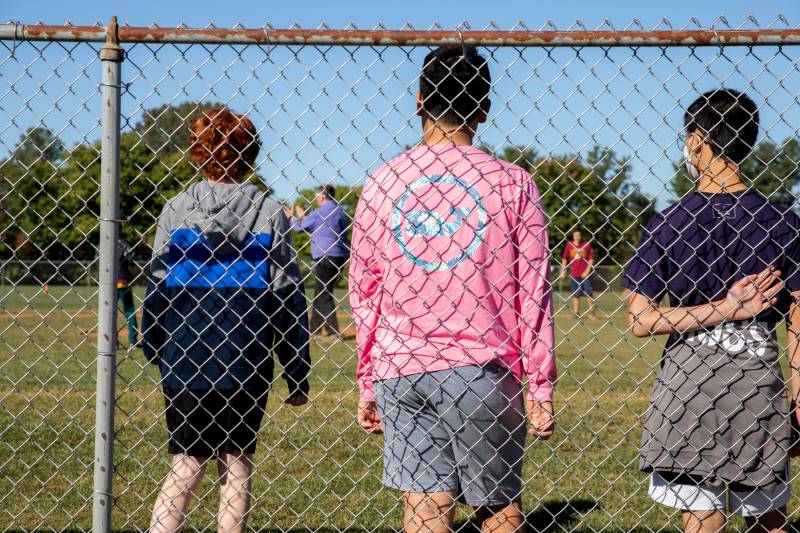
Advocates for the change say it filled a real need. “All of our students need some time to rejuvenate,” said Ricardy Anderson, one of the champions of the recess policy on the school board and a former middle school principal. “We have middle school students that get into the building at 7:15 in the morning and they don’t leave the building until 2:30.”
Anderson said that’s why it’s essential for students “to have a little bit of freedom to do what they’d like to do — to be free of the noise of the cafeteria. just to get some fresh air, just to have a little break in the day. The outdoors component is even more critical.”
Parents of elementary school children are often the driving force behind recess policies, but London, the sociology professor, hasn’t seen that same level of energy behind break times for older students. She thinks the isolation kids experienced during the first phase of the pandemic makes break time even more crucial. “It’s going to take a long time before these kids are fully recovered,” she said. “We may need even more play for older kids.”
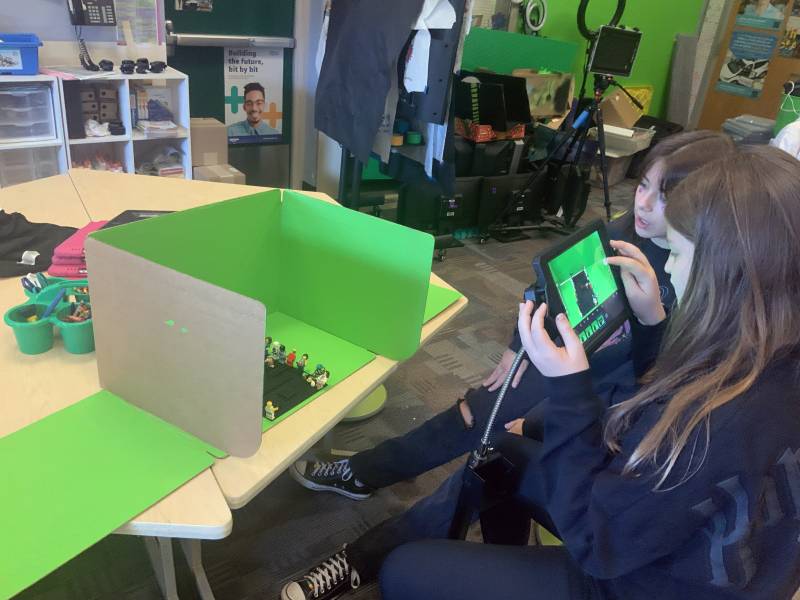
Lane, at the Sierra STEAM Academy, said that another barrier may be parents and school administrators who may not see the importance of playful learning.
“Teachers are under so much pressure to get to a certain point,” he said, and they’re also under a microscope. Parents might not understand why class time is spent on playful learning as opposed to more clearly academic pursuits, for example.
Seventh and eighth graders spend a quarter each year engaged in hands-on projects in his classroom, adding up to a semester of active learning. These activities allow students to explore their passions and also understand why failure is part of learning, Lane said. “That’s a K-8 thing, campus-wide. We don’t get frustrated. We come back, we play smarter. And the seventh and eighth graders, they crave it.”
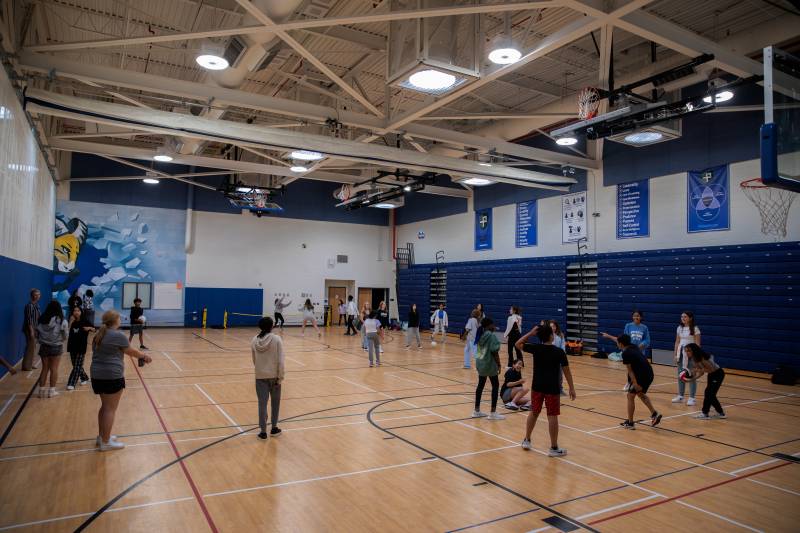
Despite the difficulties that may come with figuring out how to squeeze play into upper grades, London said school leaders have the benefit of a set of opinionated experts — the students themselves.
“If you’re going to start a recess, you should ask your students what they want to do in that time,” he said. “You can even create a school climate task force; the students who volunteer to help think about that time can be tapped as leaders. They know what they need.”




